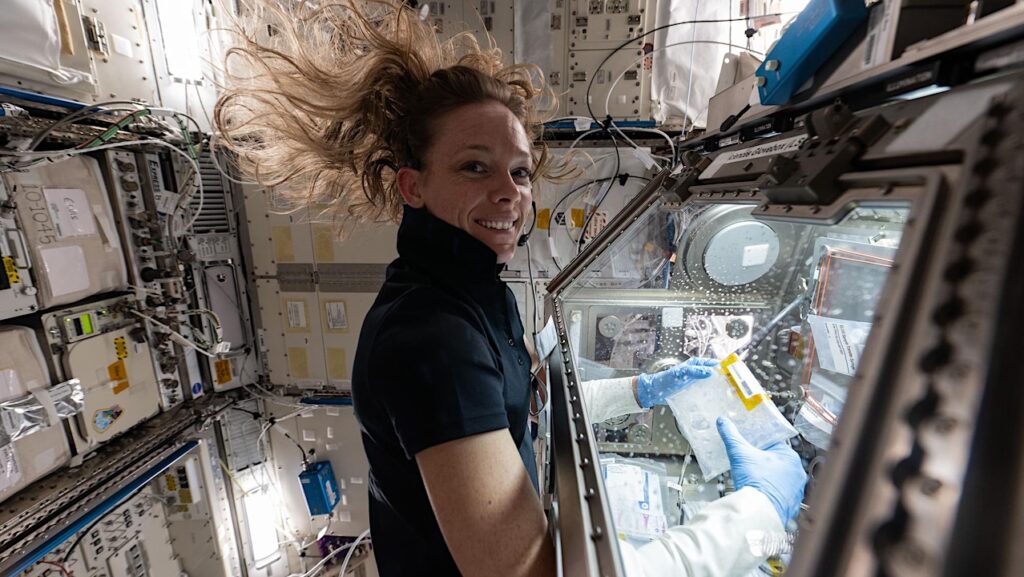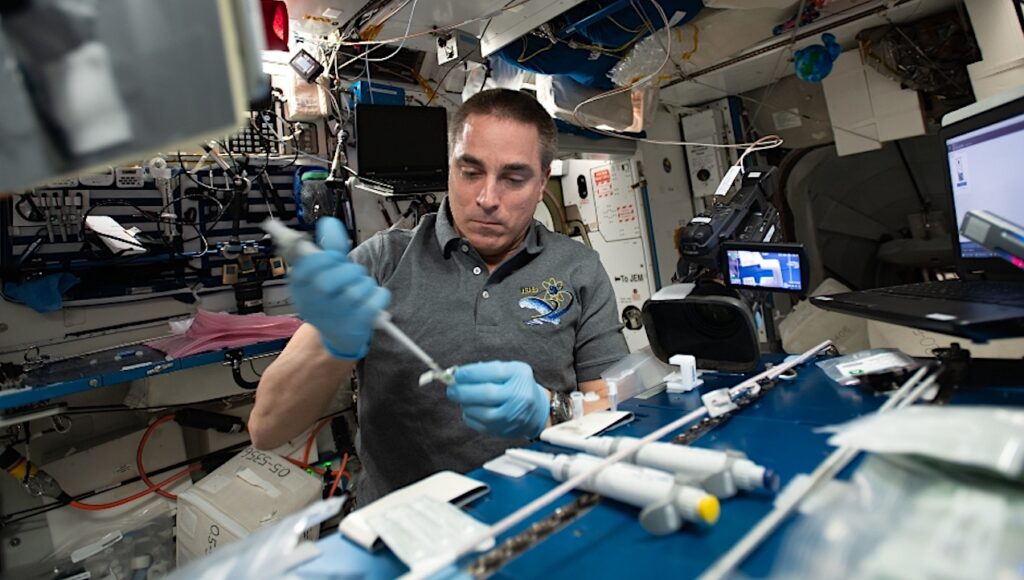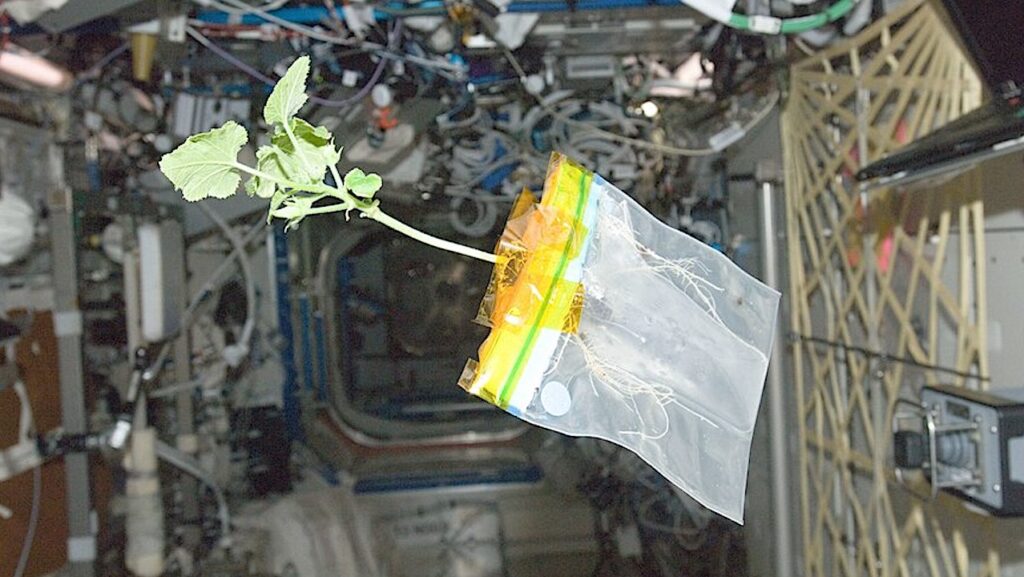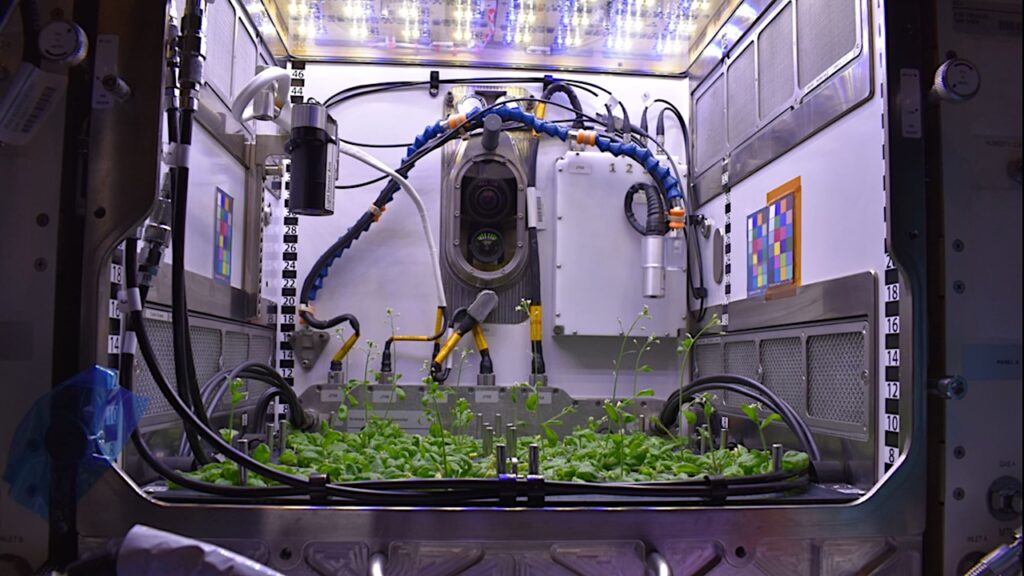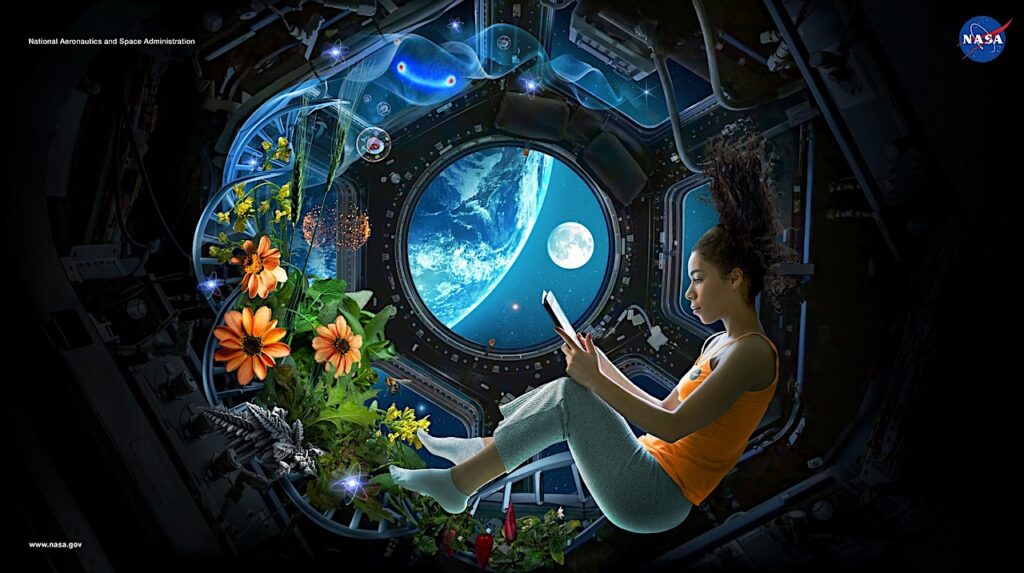NASA Spaceline Current Awareness List #1,135 7 February 2025 (Space Life Science Research Results)
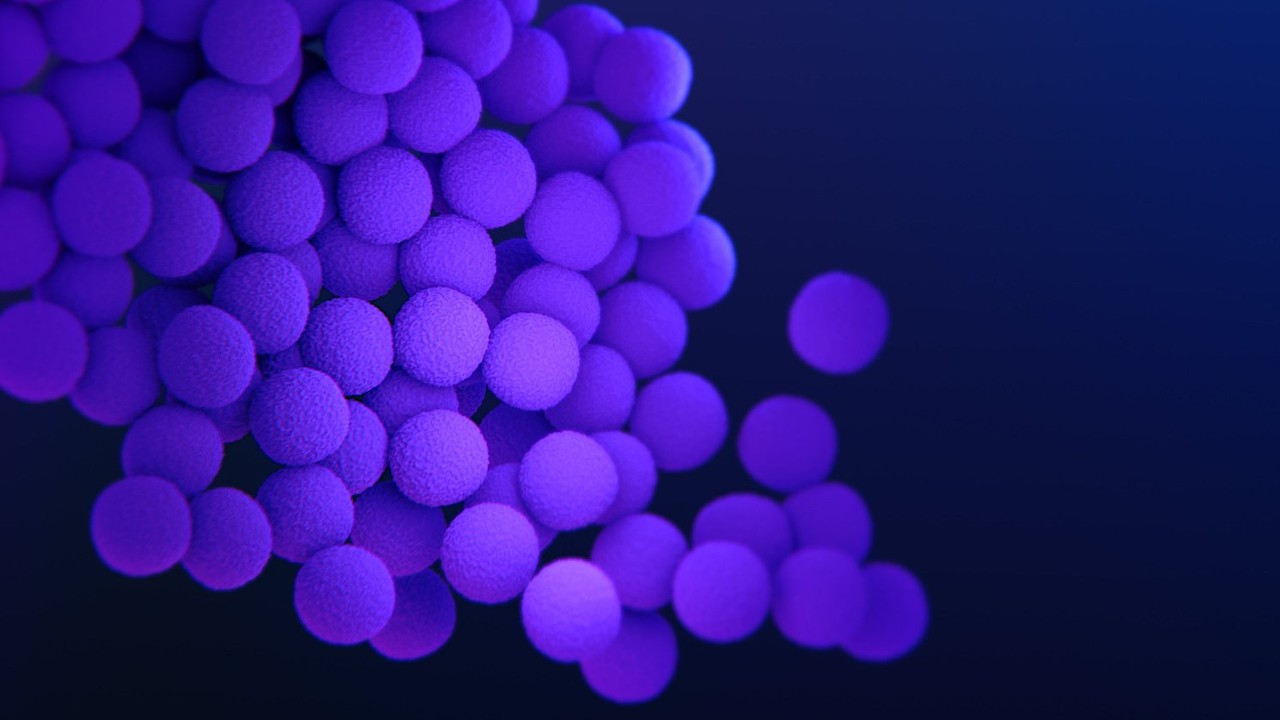
The abstract in PubMed or at the publisher’s site is linked when available and will open in a new window.
Papers deriving from NASA support:
- Moreno-Villanueva M, Jimenez-Chavez LE, Krieger S, Ding L-H, Zhang Y, Babiak-Vazquez A, Berres M, Splinter S, Pauken KE, Schaefer BC, Crucian BE, Wu H.Transcriptomics analysis reveals potential mechanisms underlying mitochondrial dysfunction and T cell exhaustion in astronauts’ blood cells in space.Front Immunol. 2025 Jan 19;15:1512578.Note: ISS results.
Journal Impact Factor: 5.7
Funding: “This work was funded by the NASA Human Research Program. This was awarded to a NASA investigator (Wu) and therefore has no grant number.” - Driskell T, Burke CS, Driskell JE.Interpersonal dynamics in spaceflight: An archival study.Acta Astronaut. 2025 Feb 4. Online ahead of print.PI: J.E. DriskellNote: From the abstract: “This study presents data from a 30-day NASA space analog setting.”
Journal Impact Factor: 3.1
Funding: PI reports NASA grant #80NSSC21K0457 funding. - Flynn-Evans EE, Braun AM, Jansen RA.Sleep away from Earth.Sleep Med Clin. 2025 Mar;20(1):73-80. Review.Journal Impact Factor: 3.5
Funding: E.E. Flynn-Evans and R.A. Jansen are affiliated with NASA Ames Research Center. - Asrar FM, Chapman HJ, Rocha de Oliveira ME, Holla-Maini A.Harnessing international collaboration in the space sector to innovate healthcare.J R Soc Med. 2025 Jan 30;1410768241309767. Online ahead of print.Note: This article may be obtained online without charge.
Journal Impact Factor: 16.3
Funding: H.J. Chapman is affiliated with NASA Headquarters. - Moore TM, Basner M.An alternative to the bland-altman repeated-measures correlation to account for variability of slopes across persons.Mathematics. 2025 Feb 4;13(3):512.PI: M. BasnerNote: From the introduction: “Here, we propose an alternative to the Bland–Altman rmcorr. Specifically, we propose calculating all within-person correlations, taking the average of them weighted by the square root of the within-person observations, and testing this weighted average for statistical significance using a one-sample t-test also weighted by the square root of the observations. We recommend that researchers use both this method and the original Bland–Altman method for comparison. As we demonstrate below, an extreme inconsistency between these two estimates could suggest methodological or data quality problems that should be addressed before further statistical analyses are conducted.” This article may be obtained online without charge.
Journal Impact Factor: 2.3
Funding: “This work was supported by NIMH grants MH117014 and MH119219 and NASA grants 80NSSC19K1046 and 80NSSC21K1698.” - Nevermann DH, Gros C, Lennon JT.A game of life with dormancy.Proc Biol Sci. 2025 Jan;292(2039):20242543.Note: From the abstract: “The factors contributing to the persistence and stability of life are fundamental for understanding complex living systems. Organisms are commonly challenged by harsh and fluctuating environments that are suboptimal for growth and reproduction, which can lead to extinction. Many species contend with unfavorable and noisy conditions by entering a reversible state of reduced metabolic activity, a phenomenon known as dormancy. Here, we develop Spore Life, a model to investigate the effects of dormancy on population dynamics.” This article may be obtained online without charge.
Journal Impact Factor: 3.8
Funding: “Work was supported by the US National Science Foundation, (DEB-1934554 and DBI-2022049 to JTL), the US Army Research Office, (W911NF2210014 to JTL), the National Aeronautics and Space Administration, (80NSSC20K0618 to JTL), and the Alexander von Humboldt Foundation (to JTL).”
Other papers of interest:
Zheng Y, Yu Y, Chen M, Zhang H, Wang W, Fan X, Sun L, Tang L, Ta D.Abdominal LIPUS stimulation prevents cognitive decline in hindlimb unloaded mice by regulating gut microbiota.Mol Neurobiol. 2025 Jan 29.
Astrobiology, space biology, microgravity, space life science,
Almukhtar L, Halicigil C, Patel S, Kohut A, Mathyk B.Spaceflight implications for precision medicine in the field of obstetrics and gynecology and its subspecialties.In: Krittanawong C, ed. Precision Medicine for Long and Safe Permanence of Humans in Space: Academic Press. 2025. p. 319-34.
Komorowski M.Anesthesia in spaceflight.In: Krittanawong C, ed. Precision Medicine for Long and Safe Permanence of Humans in Space: Academic Press. 2025. p. 151-62.
Muramatsu W, Maryanovich M, Akiyama T, Karagiannis GS.Thymus ad astra, or spaceflight-induced thymic involution.Front Immunol. 2025 Jan 23;15:1534444. Review.Note: This article is part of Research Topic “Thymus Research and Development: A New Look to the Past, Current Knowledge, and Future Perspectives” (https://www.frontiersin.org/research-topics/64763/thymus-research-and-development-a-new-look-to-the-past-current-knowledge-and-future-perspectives) and may be obtained online without charge.
Nourianpour M, Narayanan A, Omolaoye TS, Du Plessis SS.Male reproductive challenges during spaceflight and the integration of artificial intelligence.In: Krittanawong C, ed. Precision Medicine for Long and Safe Permanence of Humans in Space: Academic Press. 2025. p. 381-96.
Reyes G, Bershad E, Damani R.Neurological considerations of spaceflight.In: Krittanawong C, ed. Precision Medicine for Long and Safe Permanence of Humans in Space: Academic Press. 2025. p. 299-318.
Romanova DY, Povernov AA, Nikitin MA, Borman SI, Frank YA, Moroz LL.Long-term dynamics of placozoan culture: Emerging models for population and space biology.Front Cell Dev Biol. 2025 Jan 7;12:1514553.Note: This article is part of Research Topic “Model Organisms in Embryonic Development” (https://www.frontiersin.org/research-topics/59930/model-organisms-in-embryonic-development/articles) and may be obtained online without charge.
Ryu JH, Baek J, Subah Z.A low-cost autonomous and scalable hydroponics system for space farming.HardwareX. 2025 Mar;21:e00625.Note: This article may be obtained online without charge.
Waisberg E, Ong J, Masalkhi M, Cools B, Lee R, Vinken M, Lee AG.Hepatotoxicity in spaceflight: Intrinsic and extrinsic risks for astronaut metabolic health.Ir J Med Sci. 2025 Feb 3.
Zhang B, Zhong R, Shen G, Tuo C, Dong Y, Wang W, Zhang M, Tong G, Zhang H, Yuan B, Quan Z, Su B, Lin Q, Zhao L, Ma A, Wang J, Zhang W, Zheng W, Liu F, Sun Y, Wang C, Chang Z, Liu L, Zhang X, Sun Y, Zhang T, Zhang S, Sun Y.The space radiobiological exposure facility on the China Space Station.Astrobiology. 2025 Jan 23;25(1):32-41.
Du Y, Han B, Biere K, Abdelmalek N, Shu X, Song C, Chen G, Li N, Tuschen M, Wu H, Sun S, Choukér A, Long M, Moser D.Lunar and Martian gravity alter immune cell interactions with endothelia in parabolic flight.npj Microgravity. 2025 Feb 3;11(1):4.Note: This article may be obtained online without charge.
Hou T, Zheng B, Peng F, Jiang Z, Zhang W, Wang Y.Under simulated microgravity and gravity, anthocyanin is regulated by DcaWRKY2 in Dendrobium catenatum leaves.Front Plant Sci. 2024;15:1505199.Note: A 3D clinostat was used to simulate microgravity. This article may be obtained online without charge.
Kabir A, Mukilarasi B, Manohar A, Gadani M, Sinha AK, Sharma P, Verma A, Selvaraj V, Sudhakar S.Protein bioactive complexes promote osteogenesis under microgravity environment.Int J Biol Macromol. 2025 Feb 2;140483.Note: From the abstract: “The space microgravity environment and cosmic radiation pose a significant threat to musculoskeletal health, particularly bone mass. However, the critical mechanism underlying space-induced bone loss and its relation to cellular oxidative stress remains unclear. Currently used bone-loss-reversing drugs face limitations like poor efficacy and metabolic defects. Herein, we revealed that simulated microgravity (SMG) induces reactive oxygen species (ROS), negatively impacting osteoblasts, causing cytoskeletal damage, and downregulating osteogenic genes.”
Chang M, Liu R, Chen B, Xu J, Wang W, Ji Y, Gao Z, Liu B, Yao X, Sun H, Xu F, Shen Y.hBMSC-EVs alleviate weightlessness-induced skeletal muscle atrophy by suppressing oxidative stress and inflammation.Stem Cell Res Ther. 2025 Feb 4;16(1):46.Note: This article may be obtained online without charge.
Rudolf AM, Rhodes EM, Yamada KYH, Kiaris H, Hood WR.Effects of X-ray irradiation and housing conditions on mitochondria in Peromyscus maniculatus.Life Sci Space Res. 2025 Feb 4. Online ahead of print.
Verstegen MMA, Coppes RP, Beghin A, De Coppi P, Gerli MFM, de Graeff N, Pan Q, Saito Y, Shi S, Zadpoor AA, van der Laan LJW.Clinical applications of human organoids.Nat Med. 2025 Feb 3. Review. Online ahead of print.Note: From the abstract: “In this review, we showcase pivotal achievements in epithelial organoid research and technologies and provide an outlook for the future of organoids in advancing human health and medicine.”
Wenlun W, Chaohang Y, Yan H, Wenbin L, Nanqing Z, Qianmin H, Shengcai W, Qing Y, Shirui Y, Feng Z, Lingyun Z.Developing a ceRNA-based lncRNA-miRNA-mRNA regulatory network to uncover roles in skeletal muscle development.Front Bioinform. 2024 Jan 14;4:1494717.Note: This article may be obtained online without charge.
Cohen DE, Kim H, Levine A, Devanand DP, Lee S, Goldberg TE.Effects of age on the relationship between sleep quality and cognitive performance: Findings from the Human Connectome Project-Aging cohort.Int Psychogeriatr. 2024 Dec;36(12):1171-81.Note: This article may be obtained online without charge.


